UAT is Designed for Successful Dynamics 365 Implementations, Not for Training
A critical step in the Dynamics 365 deployment process is user acceptance testing (UAT) to check that the system satisfies the needs and specifications of the end users. But a widespread misperception is that UAT also acts as a period of user training. This is a false assumption that has to be refuted. End user training should not be done during UAT because doing so can hurt the implementation’s chances of being successful.
The main goal of UAT is to test the entire process, find any problems or faults, and take action to fix them. It is now up to the users to check the functionality of the system, offer suggestions, and guarantee that it complies with their particular business procedures. When UAT is viewed as training, the importance of thoroughly testing the system is lost, which compromises the testing effort.
Additionally, if users see UAT as a chance for training, they might utilize workarounds or recall problems from testing, which can cause confusion and inefficiencies once the system goes live. UAT is intended to identify and address these problems, not as a platform for system usage training. Appropriate training and change management activities should be carried out separately to make sure that users are sufficiently prepared for the go-live phase.
The difference between UAT and end user training must be emphasized. While training should concentrate on showing users how to efficiently use the system after go-live, UAT should be viewed as a specialized testing phase to validate the system’s functionality. Organizations face the danger of deploying a system that hasn’t been well tested and might not satisfy user requirements if they treat UAT as training.
In conclusion, it is crucial for the effective execution of Dynamics 365 implementations to comprehend the goal of user acceptance testing (UAT) and its distinct distinction from end user training. Organizations may guarantee that the system is thoroughly validated, problems are fixed, and users are well prepared for the go-live phase by recognizing UAT as a separate testing phase. Organizations may enhance the effectiveness of their software implementations and conduct the most productive UAT sessions possible by making this important distinction.
Check out our podcast episode to learn more!
Planning and Executing the Best User Acceptance Testing Sessions
